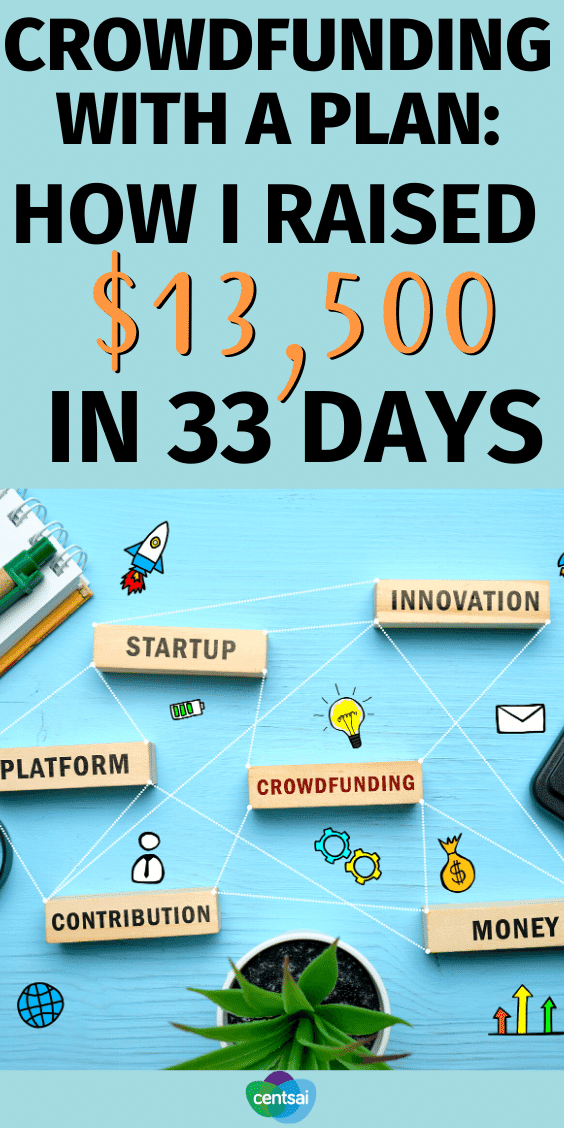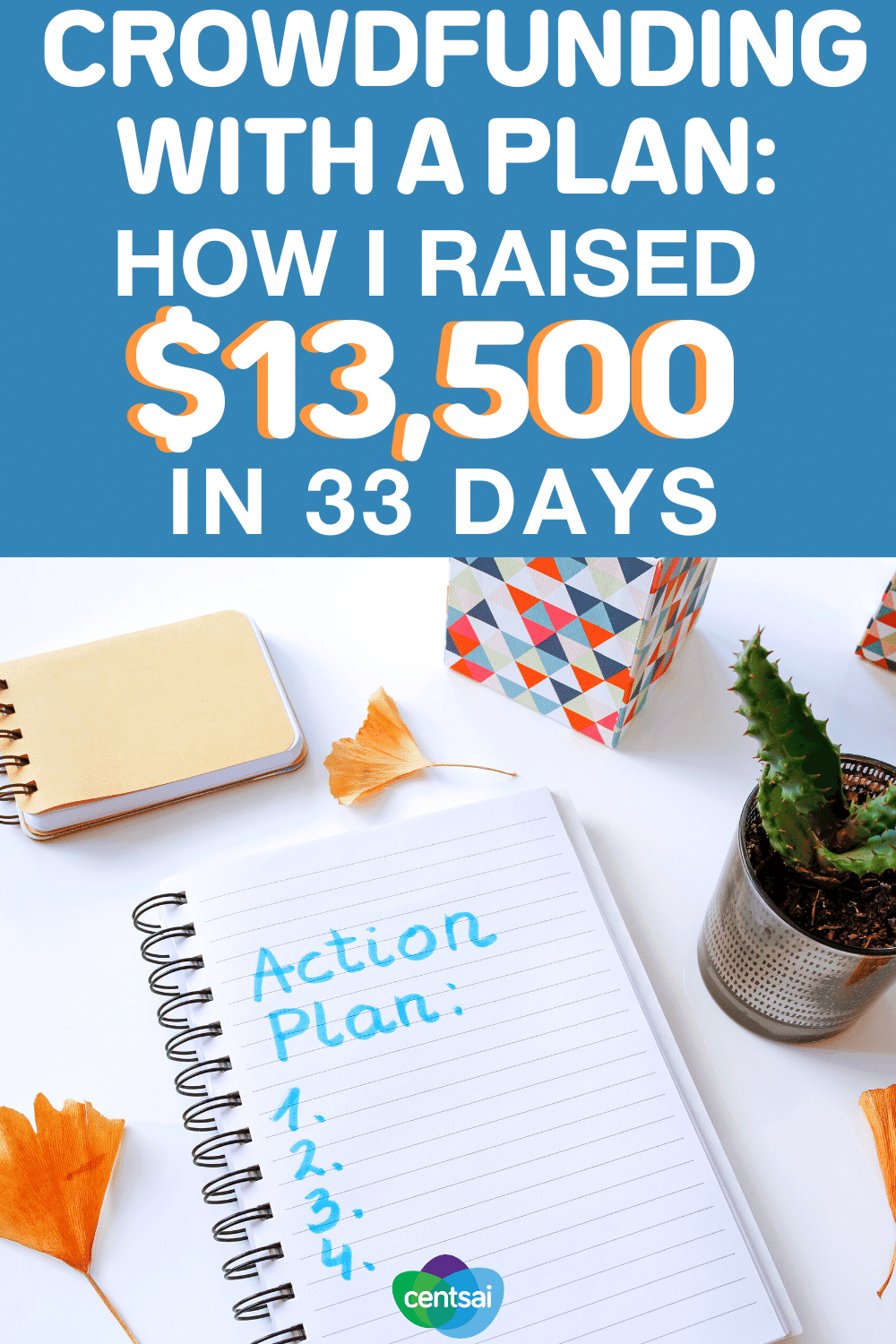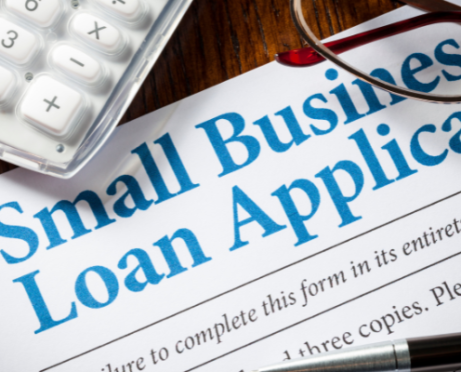

I took the position, but I did not expect what would happen next.
I agreed to be the treasurer of my school’s PTA in October knowing nothing about being on a PTA. I just thought it would be a great way to meet folks at my son’s new school, since he’s your typical middle schooler. In other words, he refuses to cough up any information about his day.
How hard could being treasurer really be, after all? I have an executive MBA from NYU. I successfully launched and sold a company from scratch. I was both CEO and CFO. Surely I could reconcile a few bank statements and keep the PTA on track.
They were in their fifth year, so I figured they had a process. All I’d have to do is follow the formula, right?
Wrong. There was no formula. They were in start-up mode, and they had basically functioned as a social calendar up to this point, and now they needed money. Lots of it. And I’ve never fundraised before.
I bootstrapped my first company, and when it became creditworthy, I borrowed money from the bank for cash flow. But this was all different. The fundraising was the revenue source, so I had no choice but to figure it out — or else there was going to be no money, no activities, and I would be letting a lot of people down.
So what happened? Well as of 33 days later, we had raised over $13,500. Here’s what I learned.
How to Crowdfund
It is totally possible to reach seemingly impossible fundraising goals if you have an engagement plan. These are six steps that, if executed well, will yield a fully funded crowdfunded project.
1. Start Early
The difference between getting the entire funding versus falling short starts with knowing where the first one-third of the money will come from before you launch.
Whether you are pre-selling your goods in a Rewards Campaign (most likely option for you if you are raising less than $50,000) or offering the proud ownership of a piece of your company in an Equity Campaign, you must do the up-front groundwork to know who will click “Back this project” on day 1 and get the emotional excitement started.
Getting commitment from early funders is something you may not have expected. In other words, when you hit “Publish” on your crowdfunding site, you need to reach one-third of your goal immediately. This will show the crowd that this project is interesting and worth investing in, which you need for step 2. But before we get to step 2, I have some more news about step 1.
How to Get Early Backers When Crowdfunding
In order to get the early funders, it means, picking up the phone to make calls, emailing people to set up coffee, making weekend plans with your Aunt Dot, and reaching out to anyone and everyone who you believe will legitimately support your fundraising. Get their commitment before you publicly launch.
I know what you’re thinking: “Hold the phone. I said I wanted people to give me money to start my business, I never said I wanted to talk to said people.”
Over the years, I’ve become more of an introvert, so I get it, this takes time and energy that you would like to be spending on other parts of your business. But, according to Entrepreneur.com, less than one-third of crowdfunding campaigns reach their goals and unless you commit to this work, you will find yourself in the wrong part of this statistic.
What I Did
In our case, I called each PTA board member and a few parents who regularly attended the meetings to ask them to be prepared to give on our launch date. By starting with people I knew, this task was actually much easier than I thought it would be. And, it took less time to do the calls than it did to psych myself up to make the first call.
By starting with the people closest to you and your project, you can get early commitments, practice giving your spiel, and gain confidence with each person that says “Yes! I’ll be glad to help you fund your project.”
We were also lucky enough to be participating in a matching program (for the first few thousand we raised, Con Edison’s Philanthropic Foundation matched dollar for dollar with their own contribution). So once we got to about $1,700 cash, with the ConEd match we had $3,400 within a couple of days after the initial launch. (If you are a nonprofit, research possible matching grants for your cause.)
2. Develop Meaningful Giving Levels
What are the amounts you expect people to give? If you are raising $10,000, let’s say your giving levels are between $50 and $1,000. Tell people what they get for these levels.
The rewards will obviously be based on your project, but think outside the box when coming up with what you will give away for the lower and higher priced levels.
A few ideas include the below list and can be in combination:
- Your product or service
- A special photograph in poster size of your project with your signature
- A gift certificate for later use
- Their name on a wall in your space
- Invite to a special opening event
Check out existing, successful crowdfunding campaigns for more ideas.
3. Create Buzz
If you are raising $10,000, you need $3,333 to be raised out of the gate based on your pre-work. As soon as your campaign hits this mark, be prepared to keep the momentum going.
Have your email campaign ready to roll to communicate to the audience how the money will help you succeed and what’s in it for them (think about your rewards — win-win is always the way to go, and if there is a social benefit you have a triple win to communicate). And remind them to participate with urgency to make this a reality for everyone. Time is ticking!
4. Share, Share, Share
Your email campaign will have various components and one of them will be to make an ask for your audience to send an email to their friends and family asking them to support your project. This type of viral effect will allow you to reach people you would never reach without this level of shared communication. Here is a sample email I sent to our community with a copy and paste email they could easily share with anyone they were willing to send it to.
(Click here to get access to the exact ‘Request to Share Email’ that I used in my campaign.)
5. Maintain Exciting Communication
Keep everyone who has supported your project thus far engaged throughout the process so that they are also vested in your success. After all, they parted with their own hard cash so they want to see you succeed.
Email them often — twice a week at the beginning is not too much. Our campaign lasted about five weeks and during the last week, I probably sent four emails that week up until the last day.
When to Send Emails
You can send emails when:
- You hit milestones (Halfway there! 76 percent of the way there! Only $2,412 to go!) tell them.
- You need a bump in traffic, remind them of what’s in it for them.
- You have an awesome offer for your Rewards Campaign and you want to remind everyone — for example, if there are a limited number of your special posters so if they don’t get one today it will be gone tomorrow.
If these emails help you get over the finish line with your fundraising, the rewards will be all theirs; and if not: no rewards, no funding. Some people will wait until the very last day and you have to stay on top of them.
If they don’t see movement every day of the campaign, they will think it is going to fail anyway, so what’s the point? You need to keep up the momentum.
If you are wondering which of these six magic steps is most important, when you get to step 5, if you focus everything here, this will make or break the whole deal. You also can’t take a shortcut to step 5 — you have to go through all the steps.
Make Some Calls
If you have phone numbers for people on your email list or people you have not yet called, now may be the time to pick up where you left off from calling your early supporters.
Not everyone will be a taker, but if your project is worth funding, a good enough percentage will say yes.
Make sure if they say yes, you get them over the finish line and they actually go on-line by creating urgency. It might sound hard, but my 7-year-old daughter did this to sell Girl Scout cookies, so you can totally do this to sell the product or service that is dear to your heart and soul.
6. Thank Your Funders
Remember your manners at a time when it really counts. If you find a memorable way to say thank you and demonstrate your appreciation to your supporters, it will continue in ways you cannot foresee as you continue in your venture.
If you have trouble coming up with how to say thank you, ask yourself what would be meaningful to you if you had just shelled out cash for someone’s project, and start there. Also, over time you can continue to keep supporters informed of your progress. After all, they are also a part of this project.
The Bottom Line on How to Crowdfund
In the end, we exceeded our goal and ended up with $13,979. The students got all of their activities funded and everyone was super happy.
So now you know the secret sauce to engaging the crowd. Remember, it all happens with your Six-Step Engagement Plan — and starting early.
You must know your early funders and get them onboard first. If you do this well, you are way more likely to succeed in your crowdfunding campaign.
If you are experiencing a feeling of real excitement and you can’t stop smiling when you think about your idea becoming a reality, then you have your next Action Step if crowdfunding is how you will raise money.
Belinda DiGiambattista is a serial entrepreneur and can be found at belindadigiambattista.com





